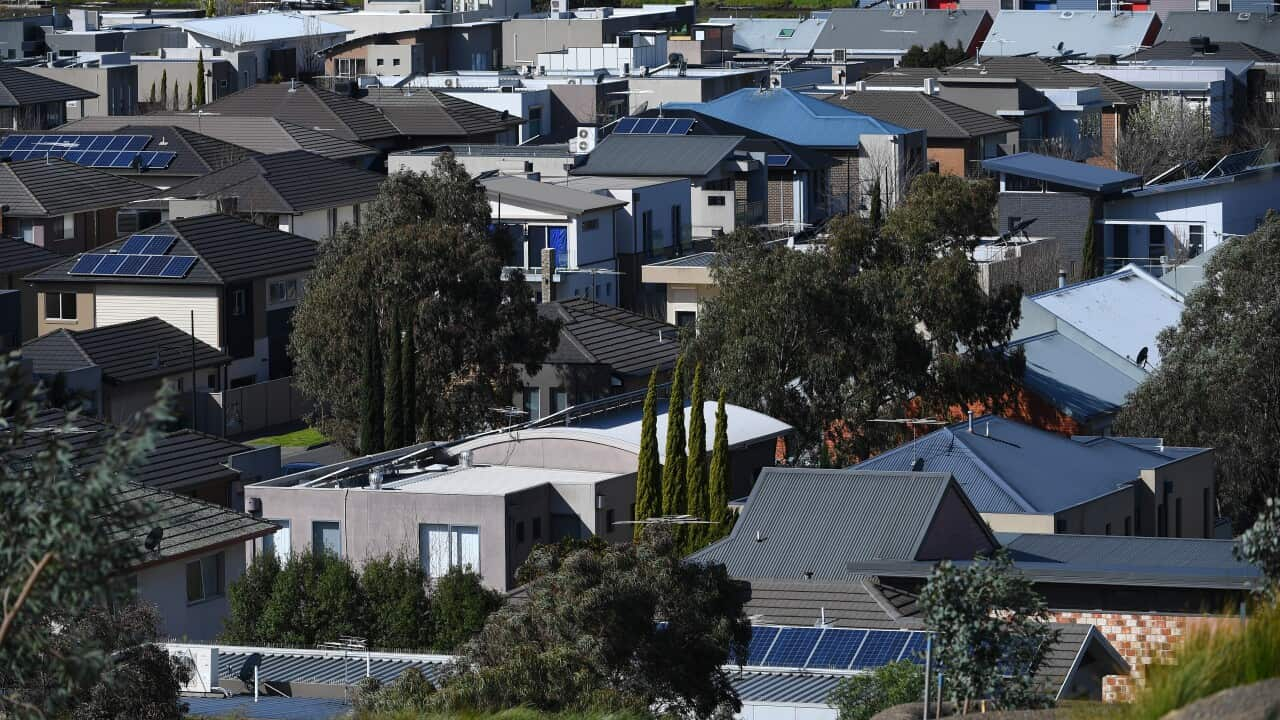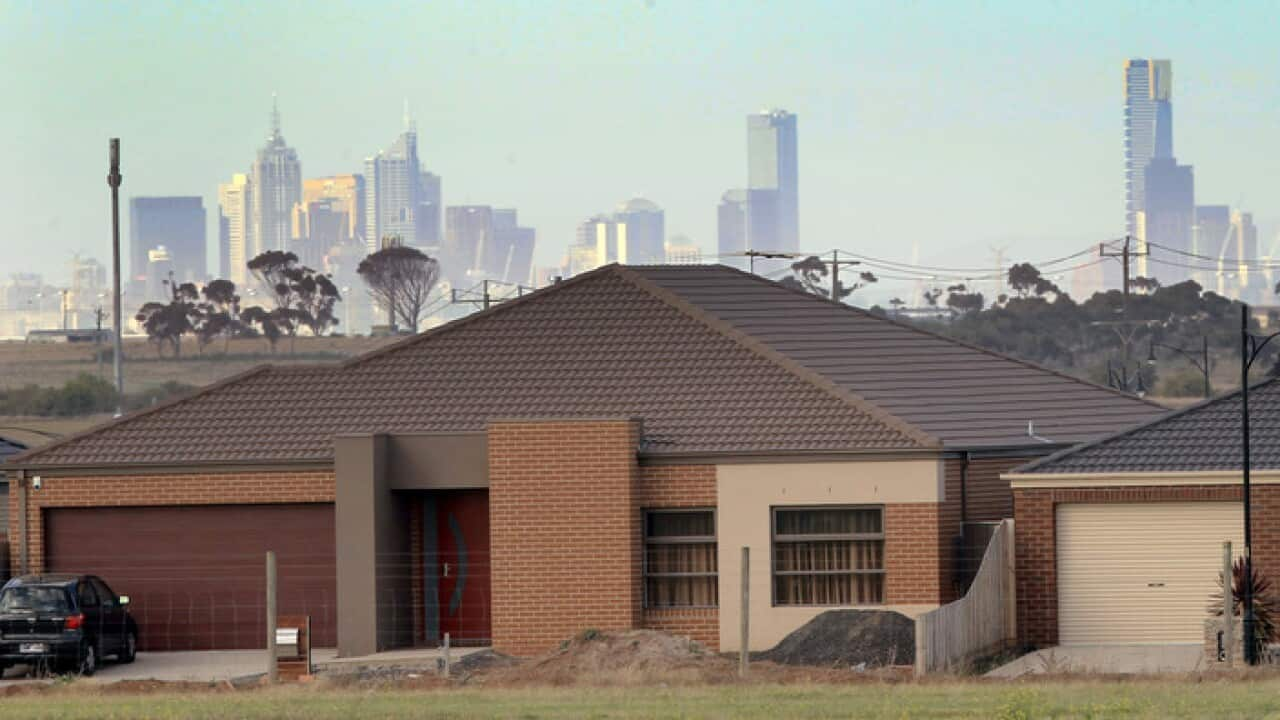The average new loan size for owner-occupiers in Australia has hit a record high — as borrowers will hope for relief ahead of the Reserve Bank of Australia's (RBA) board meeting next week.
Australia's central bank has held rates at 4.35 per cent — a 13-year high — for more than a year, but cooling inflation has .
Figures from the Australian Bureau of Statistics (ABS) show the average loan in the December quarter was $666,000, the highest nationally and nearly $300,000 higher than 10 years ago.
That came as house prices across capital cities grew 1.1 per cent quarter-on-quarter, according to Domain's latest house price report, and 3.8 per cent across the regions over the same period.
Some $54.8 billion in new owner-occupier loans were approved, according to the ABS, up $2.2 billion from the previous quarter and $6.2 billion year-on-year.
Meanwhile, the average new owner-occupier loan was at a record high in every state except Victoria.
"That means that people on average as an owner-occupier, when they're taking out a new loan, that's how much they're asking the bank for," Sally Tindall, data insights director at financial comparison site Canstar, told SBS News.

How the average home loan has risen across Australia, its states and territories.
How much are Australian homebuyers borrowing in each state and territory?
Western Australia experienced the biggest comparative increase in new owner-occupier mortgages with nearly a 20 per cent rise of $98,000, totalling an average loan of $599,000.
On average, NSW residents borrow a whopping $811,000, Queenslanders borrow $635,000, South Australians borrow $580,000 and ACT residents borrow $650,000.
Tasmanians and those in the Northern Territory borrow comparatively lower amounts at $473,000 and $465,000 respectively.

The average Australian owner-occupier is borrowing $666,000 to buy their homes. Source: SBS News
Tindall attributes this to falling property prices in the state, as well as the wider Victorian economy.
However, the average mortgage in Victoria still sat at $632,000, the fourth most expensive behind NSW, the ACT and Queensland.
"It's just incredible to see how much people are borrowing," Tindall says. "In NSW, you're looking at an average new owner-occupier loan size of $811,000."
"That's huge, particularly if you add a standard 20 per cent deposit."

Despite a slight dip in the December quarter, investors still dominated borrowing last year. Source: SBS News
Why are loan sizes continually going up?
Tindall says it could be for a number of reasons, but the most likely is due to rising property prices.
"We've seen them defy gravity over the last couple of years in defiance of the 13 RBA rate hikes," she said.
"The other drive potentially is that people are taking out loans with smaller deposits and needing to borrow more."
Investors shy away, but still dominate purchasing
Investor lending dipped in the December quarter, down $1 billion (-2.9 per cent) compared to the September quarter. It's the first drop in value since March 2023.
Despite this fall, the value of new investment loans in the 2024 calendar year reached $125.1 billion — 29.8 per cent higher than the $96.4 billion value of new loans in 2023.

Investor loans are up almost 30 per cent compared to 2023. Source: SBS News
What does this mean for first-home buyers?
There were 29,788 new first-home buyer owner-occupier loans in the December quarter, just up marginally by 373 loans compared to the previous quarter.
Over the past 12 months, 116,627 new first-home buyer loans were written.
Tindall says these figures show that the pressure on first-home buyers isn't easing.
"It adds to the pressure for people to get in and get on that ladder," she said.
But it's not all bad news.
"The fact that the markets called in very recently is helpful, particularly for first-home buyers who might actually find that they finally get a small window to climb through and get on that property ladder while investors are in the retreat."
She says that the dip in investor interest means fewer people first-home buyers will be competing with when they head to their next auction.
Rate cuts are on the horizon — but what will this mean for loan sizes?
Tindall says it's hard to predict exactly what lies ahead for the property market as a decision on rates looms.
"When the rate cuts come … I don't think we will see people borrowing less from the bank, unfortunately. If anything, we might see people borrowing more," she said.
"A lot of people don't borrow at capacity … but if a cash rate cut reignites interest in the market, if the cash rate cut gives some buyers that have parked themselves on the sidelines temporarily the confidence to go back into the market and start looking, if there's more buyers in the market and not enough stock, what we typically see is prices go up."
"One cash rate cut in isolation doesn't have a big impact on your borrowing capacity, but it can have a decent impact on the confidence of buyers in the market because it signals, particularly that first cash rate cut, that we might be on the downward slope finally."




